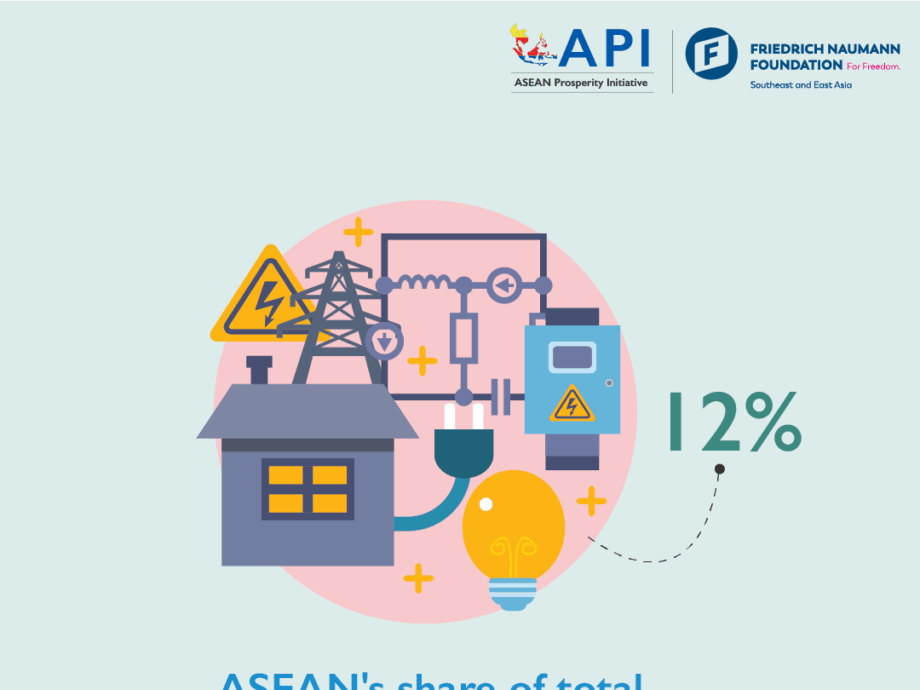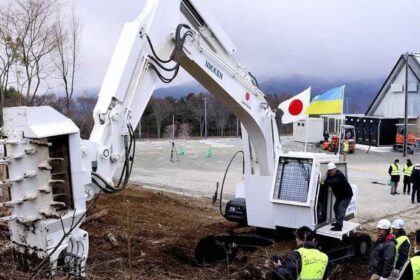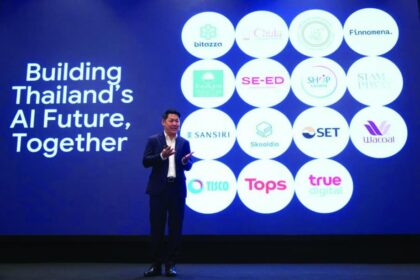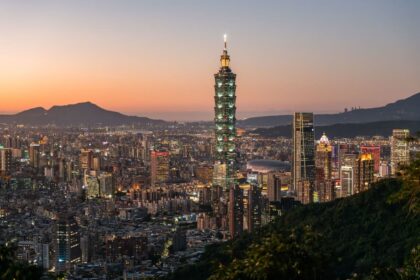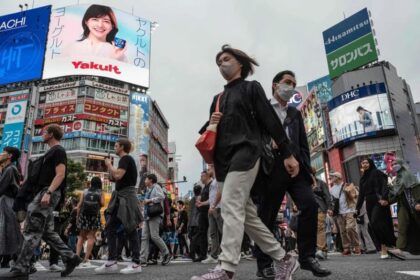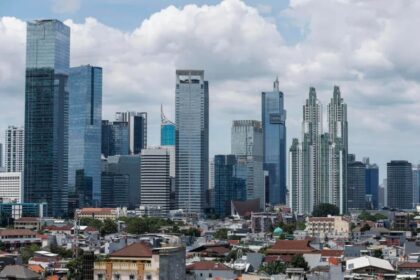Malaysia Champions ASEAN Power Grid: Driving Regional Energy Security and Sustainable Growth
Malaysia has emerged as a leading advocate for the ASEAN Power Grid (APG), a transformative regional initiative aimed at ensuring energy security, accelerating the transition to renewable energy, and fostering sustainable economic growth across Southeast Asia. As Malaysia prepares to assume the ASEAN Chairmanship in 2025, its government, industry leaders, and regional partners are intensifying efforts to turn the APG vision into reality, with a particular focus on cross-border cooperation, infrastructure investment, and policy harmonization.
- Malaysia Champions ASEAN Power Grid: Driving Regional Energy Security and Sustainable Growth
- What is the ASEAN Power Grid and Why Does It Matter?
- Malaysia’s Strategic Role and Vision for the APG
- Cross-Border Projects: The Vietnam-Malaysia-Singapore Connection
- Policy, Infrastructure, and the Road Ahead
- Regional Cooperation in Action: Lessons from Recent Events
- Expanding the Grid: Malaysia’s Broader Regional Partnerships
- Challenges and Opportunities: What Lies Ahead?
- In Summary
What is the ASEAN Power Grid and Why Does It Matter?
The ASEAN Power Grid is a long-term plan to interconnect the electricity grids of all ten ASEAN member states—Brunei, Cambodia, Indonesia, Laos, Malaysia, Myanmar, the Philippines, Singapore, Thailand, and Vietnam. The goal is to enable the seamless flow of electricity across borders, allowing countries to share resources, balance supply and demand, and collectively enhance energy security.
This initiative is especially significant as Southeast Asia faces rising energy demand, the urgent need to decarbonize, and the challenge of integrating intermittent renewable energy sources like solar and wind. By linking national grids, the APG aims to:
- Improve energy reliability and resilience during emergencies or supply disruptions
- Facilitate the trade of renewable electricity from resource-rich countries to high-demand centers
- Reduce overall carbon emissions by enabling greater use of clean energy
- Support economic growth and job creation through infrastructure development
Deputy Prime Minister Fadillah Yusof, who also serves as Malaysia’s Minister of Energy Transition and Water Transformation, described the APG as “the backbone of a truly integrated ASEAN energy market.” He emphasized that the project is about leveraging the region’s shared geography and complementary resources to build a greener, more inclusive, and secure future.
Malaysia’s Strategic Role and Vision for the APG
Malaysia’s commitment to the APG is both political and practical. As the incoming ASEAN Chair, Malaysia has set the theme “Powering ASEAN: Bridging Boundaries, Building Prosperity” for its 2025 leadership, underscoring the centrality of energy integration to the region’s future. The government has prioritized inclusivity, sustainability, and intra-ASEAN trade and investment as key pillars of its agenda.
Datuk Seri Anwar Ibrahim, Malaysia’s Prime Minister, has repeatedly voiced strong support for the APG, particularly in collaboration with Vietnam and other regional partners. After a recent meeting with Vietnam’s Prime Minister Pham Minh Chinh, Anwar highlighted Malaysia’s backing for renewable energy investments in southern Vietnam, including ambitious seabed cable projects designed to strengthen two-way energy networks.
Malaysia’s vision extends beyond bilateral ties. The country is actively working with Laos, Cambodia, Thailand, and Singapore to accelerate the second phase of the APG, which will expand connectivity and enable the flow of clean electricity from resource-rich areas to major urban and industrial centers.
Cross-Border Projects: The Vietnam-Malaysia-Singapore Connection
One of the most significant recent developments is the tripartite industry alliance between Malaysia, Vietnam, and Singapore. Leading energy companies—Tenaga Nasional Berhad (TNB) and Petroliam Nasional Berhad (PETRONAS) from Malaysia, PetroVietnam Technical Services Corporation (PTSC) from Vietnam, and Sembcorp Utilities from Singapore—have signed a Joint Development Agreement to explore the export of renewable electricity from Vietnam to Malaysia and Singapore.
This partnership focuses on harnessing Vietnam’s abundant offshore wind resources and transmitting clean electricity via a new subsea cable, which would be integrated into Malaysia’s national grid and onward to Singapore. The project is seen as a model for scalable cross-border renewable energy cooperation in Southeast Asia.
Members of the MY Energy Consortium, representing Malaysia, stated in a joint announcement:
“This tripartite partnership is a step forward in advancing transnational green infrastructure, tapping into Vietnam’s renewable energy potential, and delivering stable, low-carbon electricity to communities and businesses. It marks a significant milestone in our collective journey towards achieving net zero emissions.”
Vietnam’s government has made offshore wind a national priority, aiming to become a regional renewable energy hub. Singapore, for its part, has set a target to import around 6GW of low-carbon electricity by 2035—about one-third of its projected energy demand—making regional interconnections essential for its decarbonization goals.
Policy, Infrastructure, and the Road Ahead
While the APG has made notable progress, experts and industry leaders caution that several challenges remain. Outdated transmission infrastructure, regulatory gaps, and slow project licensing can delay implementation. Fatima Al Suwaidi, head of business development (APAC) at Masdar Clean Energy, noted that while Southeast Asia has strong renewable potential, “limited grid capacity could affect project viability.” She emphasized the need for clear policies, reliable offtake agreements, and strong local partnerships to ensure long-term success.
To address these issues, ASEAN energy officials have agreed on an enhanced memorandum of understanding for the APG, set to be signed at the ASEAN Ministers on Energy Meeting in October. The new agreement will focus on:
- Strengthening regional energy security and market integration
- Accelerating the clean energy transition
- Establishing frameworks for subsea power cable projects
- Encouraging private sector investment and technical cooperation
Malaysia’s National Energy Transition Roadmap explicitly includes the APG as a key pillar, and similar commitments have been made by Thailand, Indonesia, and other member states. The ASEAN Centre for Energy (ACE) has identified 18 cross-border interconnections as priorities, and the region is working towards a fully integrated, digitally managed grid by 2035.
Regional Cooperation in Action: Lessons from Recent Events
The importance of the APG was underscored by a recent gas pipeline incident in Malaysia, which disrupted supply to local industries. Timely assistance from Thailand, enabled by existing cross-border infrastructure, helped mitigate the impact. Deputy Prime Minister Fadillah Yusof cited this as a real-world example of how regional energy cooperation can provide resilience during emergencies.
He explained that countries like Vietnam, Indonesia, and Laos have strong wind resources, but when wind availability drops, other member states can step in to help. This kind of mutual support is at the heart of the APG’s mission to ensure reliable and affordable energy supply for all.
Expanding the Grid: Malaysia’s Broader Regional Partnerships
Malaysia’s APG strategy is not limited to Vietnam and Singapore. The country is also deepening cooperation with Laos, Cambodia, and Thailand to expand the grid’s reach. Prime Minister Anwar Ibrahim recently announced plans to fast-track the second phase of the APG, which will link Laos, Cambodia, and Thailand to Peninsular Malaysia and Singapore. This phase builds on the success of the Laos-Thailand-Malaysia-Singapore Power Integration Project, which has already enabled the import of hydropower from Laos to Singapore via existing interconnectors.
Malaysia and Laos have also agreed to enhance trade and logistics connectivity, including new port and rail links, to support the movement of goods and energy across borders. These efforts are part of a broader push to integrate infrastructure, digital technology, and talent development across the region.
Challenges and Opportunities: What Lies Ahead?
Despite the momentum, the APG faces several hurdles. Project timelines in Southeast Asia are often much longer than in other regions, due to slow licensing, outdated regulations, and limited digital systems. Attracting private investment in transmission infrastructure remains a challenge, and there is a need for innovative financing tools such as renewable energy certificates to encourage grid-related development.
However, the opportunities are substantial. By enabling the flow of clean electricity from low-cost sources to high-demand areas, the APG can help ASEAN countries meet their climate targets, reduce dependence on fossil fuels, and create new economic opportunities. The integration of national grids will also make the region more resilient to supply shocks and natural disasters.
Regional consultations, such as those organized by the ASEAN Centre for Energy and supported by the United Nations, are helping to build consensus, share technical expertise, and coordinate policy development. These efforts are critical for overcoming the technical and regulatory challenges associated with multilateral power trade.
In Summary
- Malaysia is a leading advocate for the ASEAN Power Grid, prioritizing energy security, sustainability, and regional cooperation as it prepares for the 2025 ASEAN Chairmanship.
- The APG aims to interconnect national electricity grids, enabling cross-border trade of renewable energy and enhancing resilience during emergencies.
- Major cross-border projects, such as the Vietnam-Malaysia-Singapore subsea cable, are advancing with strong government and industry support.
- Policy harmonization, infrastructure investment, and private sector participation are key to overcoming challenges and realizing the APG vision.
- Regional cooperation is already delivering tangible benefits, and the APG is central to Southeast Asia’s clean energy transition and economic growth.


